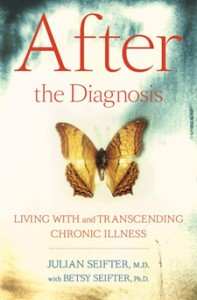 Another Lesson Learned
Another Lesson Learned
n
I’ve learned many great lessons in life – usually from my mistakes. In fact, I always say I’ve learned more from my mistakes than from anything I ever got right.
This has frequently been the case when it comes to all-things-technology!
My most recent Grrr Moment came from a fried memory stick incident. For about a year, I’d been carrying around a memory stick containing all kinds of wonderful information – typically stuff I would need quick access to at different locations – whether I was working at home, in the office, or working casually at Starbucks. I had a variety of things on it – collections of ideas, interesting articles to read, copies of my old tax returns, writing ideas, partly-written articles for my blog…..things like that.
There was nothing sensitive that caused me any horrific consequences (like unfinished work, or projects that hadn’t been forwarded to clients – I save all current projects on my computer hard drive which is backed up on an external hard drive, as well as in The Cloud). But the memory stick was just my general Go-To Guy, containing a whole bunch of stuff that I was intending to transfer to my hard drive “at some point”.
Then it fried. I distinctly remember sitting at home using my laptop one morning. My memory stick was plugged in, and before my very eyes, the light on the memory stick suddenly went out, and it was no longer being recognized by the laptop.
I tried all kinds of home remedies to revive it, to no avail. Even my IT guru couldn’t resuscitate it. So I had to just accept its loss. Even though there was nothing critical on it, it contained stuff that was helpful to me, so I felt really mad with myself for not transferring everything. Especially as I’d literally spent the year telling myself repeatedly that I’d transfer it to my computer at some point!
Now I have a new Go-To memory stick, and I just transfer everything from it to my computer whenever I update it!
So, if you’re like me, and carrying a handy little memory stick around, learn from my mistake. In the words of the great sportswear company, Just Do It – don’t wait too long!









Follow Me!